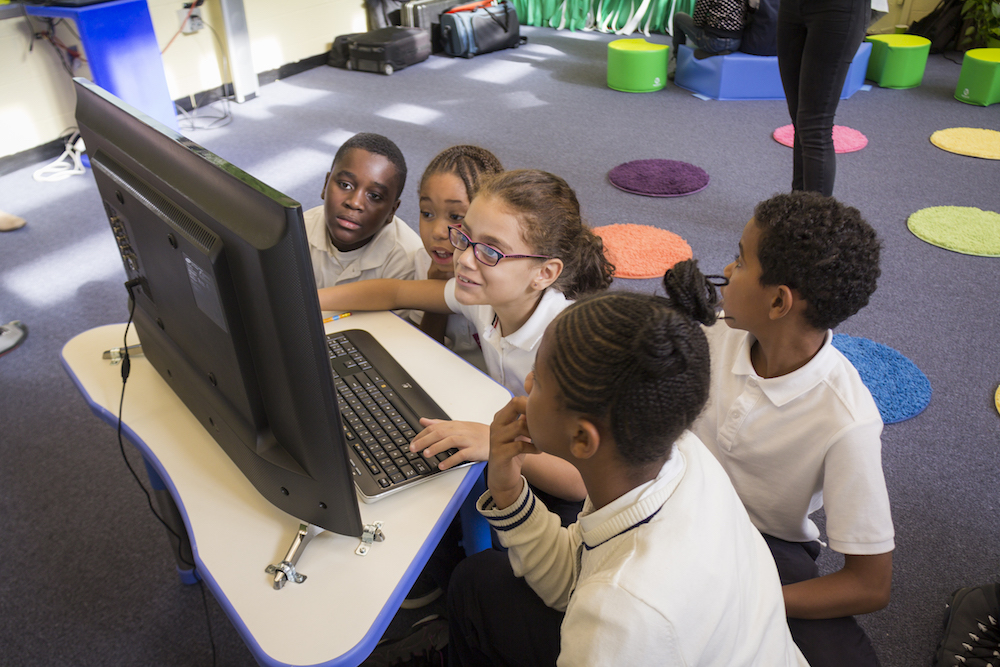Advice for when your lesson goes wrong…

We have all had that day or that particular lesson that we just want to forget!
It’s that lesson that went horribly wrong and you just can’t explain why. It’s that time when you are looking at your watch 15 minutes after the class starts and wonder how you will survive the next 45 minutes. It’s that time that you nearly wave the white flag and hope the principal isn’t undertaking a random ‘learning walk’. We’ve all been there and for me, I remember the days so clearly.
The best lesson plans, the resources that we sat up all night creating, the opportunities for the task to be differentiated, to extend the higher achievers and even picking up the students working below. It was all planned to happen but it didn’t. As we know, it can go wrong so quickly and I’m sure we’ve all been left scratching your head wondering what just happened.
Why did I bother?
Normally, we reassure ourselves or in some cases our colleagues, that it is going to be okay and we get another crack at it tomorrow. Somehow, we find some inspiration and motivation to get fired up and try again.
In these situations, I believe that the biggest mistake we can make is to use the familiar words ‘I’ll learn from the experience’. I would often say this but it is only recently that I have realised that my own advice was incorrect and I was so wrong. We don’t learn from the experience, we learn from reflecting on the experience.
If we are in a situation that goes horribly wrong, it’s not until we unpack the reasons why that the learning takes place. Being in the situation alone won’t improve our practice or improve the way that we handle our next challenge.
I’m sure that every teacher reflects in their own way and in their own time but it’s when we reflect regularly and using a common framework that enables us to work towards consistency. When we reflect on the experience is when we reflect with purpose.
So don’t wait until you have a bad day, don’t wait until something goes wrong or at the other end of the spectrum, don’t wait until you nail it before you ask the question ‘how did I go?’
Reflect regularly on your practice and the best way to go is using the Social Discipline window. This allows you to ask the question of your own practice:
- Did I teach TO my students today?
- Did I do it FOR my students today?
- Did I do NOT very much at all?
- Did I teach WITH my students today?
Hopefully on your reflection, there was more teaching WITH your students.
This would be evident when you walk beside your students. It’s when you challenge your students to high standards and expectations, while at the same time you provide the necessary personal support and encouragement for them to meet these expectations.
THE CHEAT SHEET
Don’t have time to absorb the whole article today? Here’s the big points …
3.6 Evaluate and improve teaching programs
2.1 Content and teaching strategies of the teaching area.
1.2 Understand how students learn.
6.2 Engage in professional learning and improve practice
AITSL STANDARDS FOR TEACHERS …and you addressed them by reading!
1. We don’t learn from the experience.
2. We learn from reflecting on the experience.
3. Reflect regularly and use a common framework .
4. Reflect on any gaps between your purpose and practice.
5. Ask the question – how can I teach WITH my students to provide high support and high accountability.







